Unlocking Nature's Sweet Alchemy: The Crystallization of Honey
The crystallization of honey is a natural procedure through which liquid raw honey becomes semi-solid.
Once crystallized, the transformed honey is referred to as “set honey” (mostly by the beekeepers).
Common people have little knowledge about honey crystallization. According to some, crystallized honey is an unnatural, adulterated product.
The fact, however, is that honey gets solid naturally and spontaneously; the majority of the unheated or raw honey types known to date have a tendency of getting crystallized over time.
The good news is that this process doesn’t have any significant impact on honey; it only changes its texture and color.
The taste and flavor remain the same and so does the health benefits offered by honey.
A large number of people prefer using honey in its state.
That’s probably because when the ingredient is thick, spreading it on a toast or bread without dropping anything becomes much easier.
In addition, honey, in its semi solid form, is usually much tastier.
Why Does Honey Crystallize?
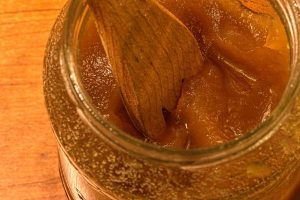
Honey is actually an extremely concentrated form of sugar solution. It is made up of over 70% sugars, while its water content always remains below 20%.
What this means is that honey is formed of water that contains more sugar than what it can hold naturally.
This overabundance is responsible for making the item unstable. So, like all other oversaturated sugar solutions (for instance sugar syrup), honey has a natural susceptibility towards getting crystallized.
The two main sugar types present in honey are glucose and fructose. The quantity of glucose and fructose present in honey tend to vary depending on its type.
In most honey types, the quantity of glucose ranges between 25 and 40 percent, while that of fructose ranges between 30 and 44 percent.
The balance these two sugars enjoy is the primary trigger of crystallization. The ratio of the two sugars in a particular honey type is the primary factor deciding whether the honey would crystallize slowly or rapidly.
As this ratio varies from one honey type to the other, you will come across some honeys that crystallize just within a few weeks of being extracted, while there are others that stay liquid for several years.
the sugar that crystallizes is glucose, a component known for being less soluble in water.
Fructose, on the other hand, is much more soluble compared to glucose. Honey gets a more stable saturated consistency because of its tendency of getting crystallized.
Storage temperature is one of the biggest factors affecting crystallization of honey. The process becomes most rapid when the surrounding temperature is between 53 and 59ºF.
Crystallization tends to slow down when the temperature drops below 52º.
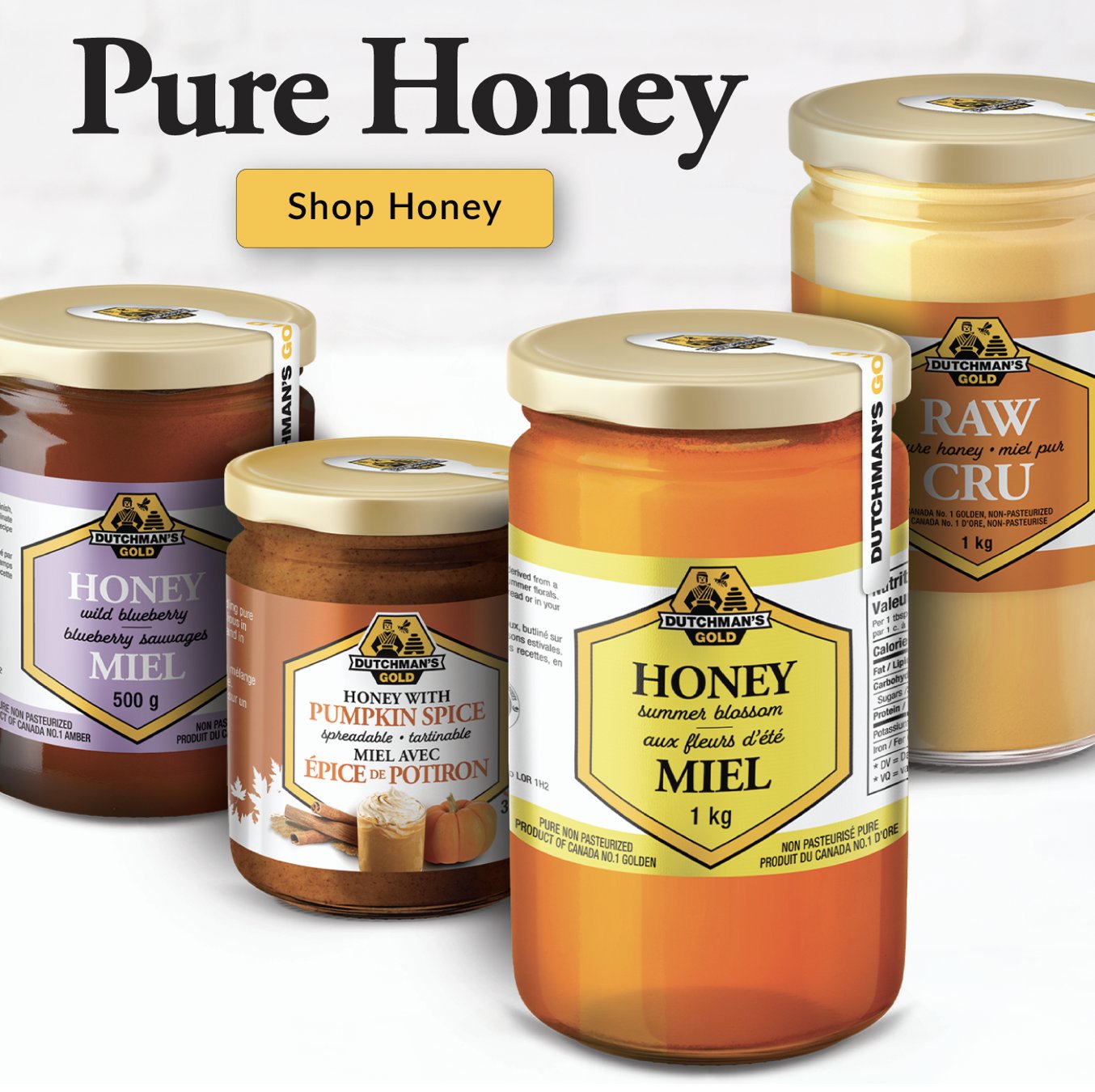



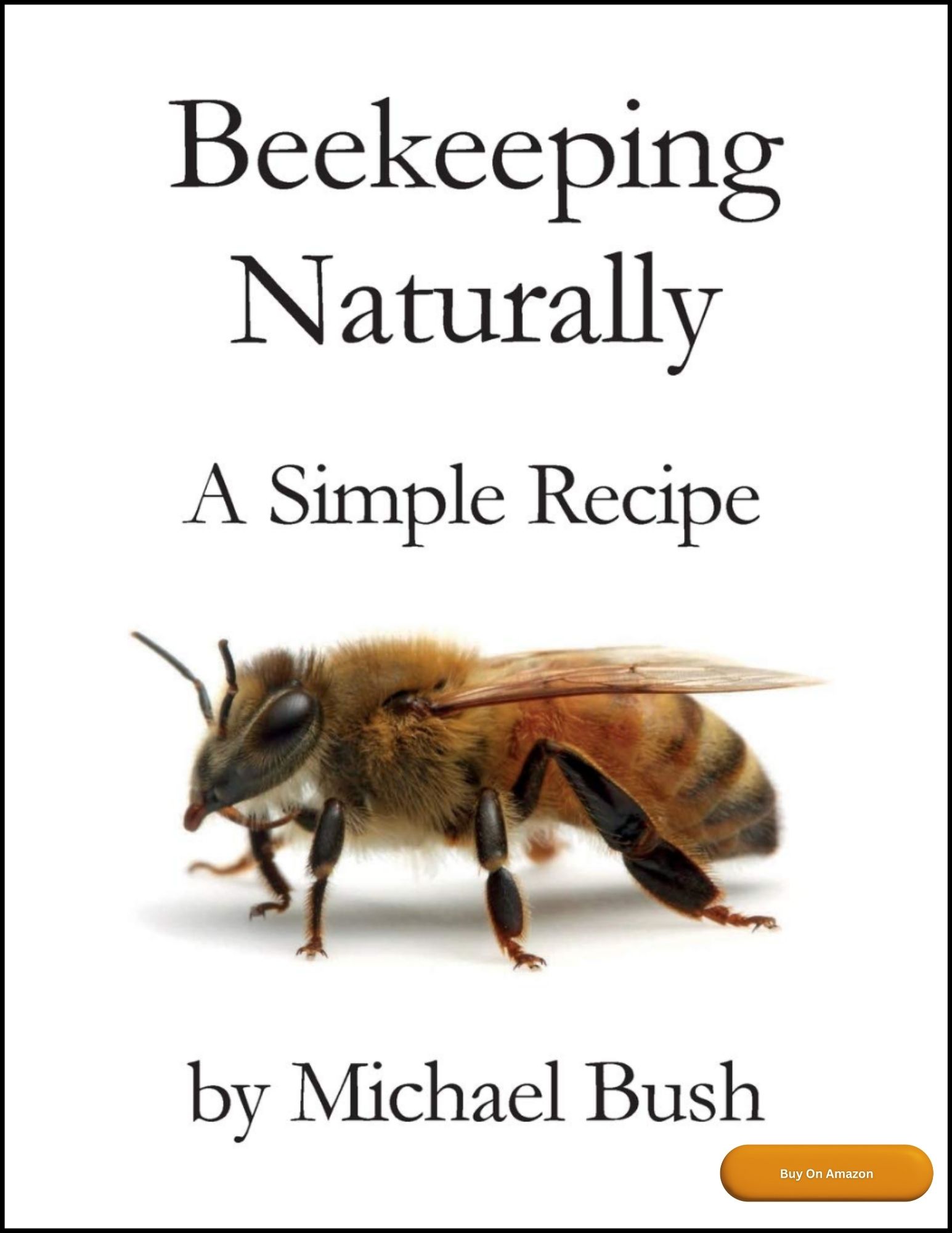
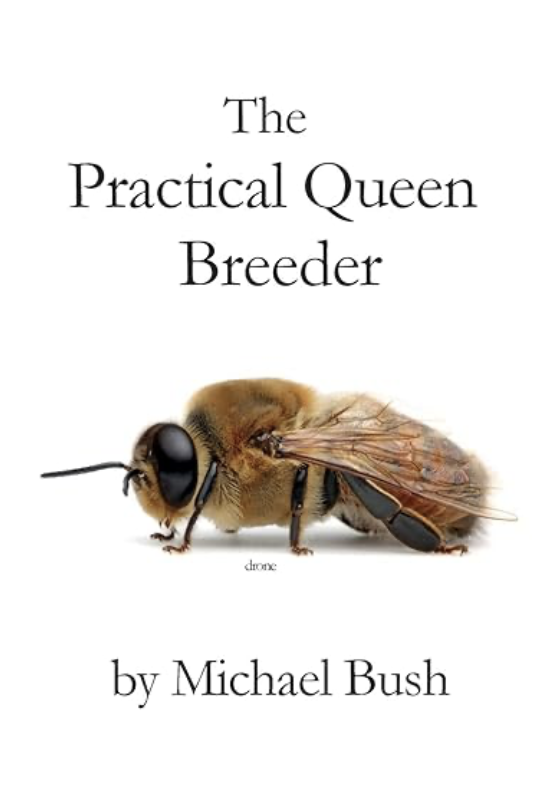

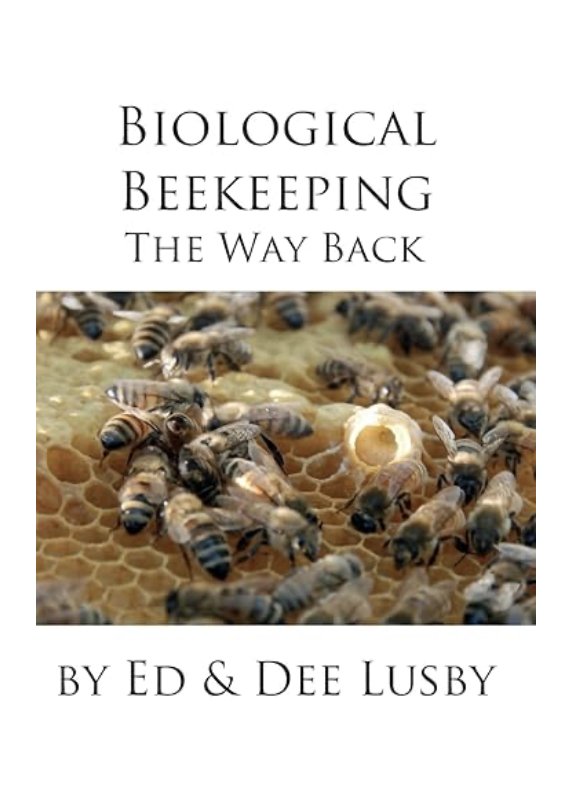

New! Comments
Have your say about what you just read! Leave me a comment in the box below.